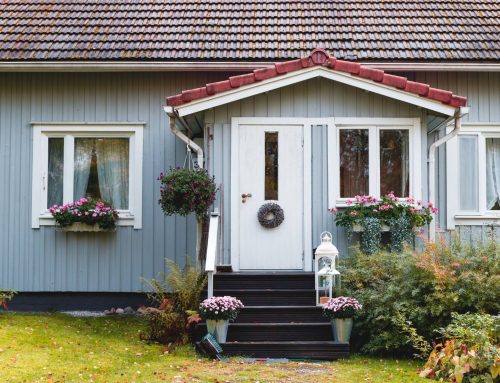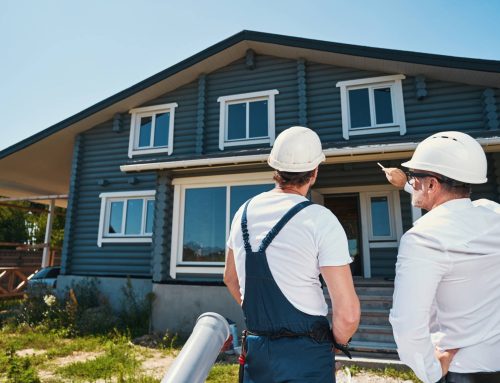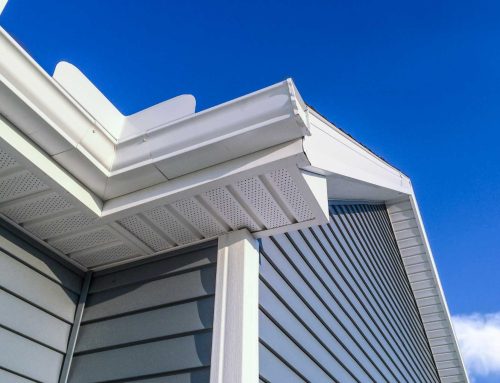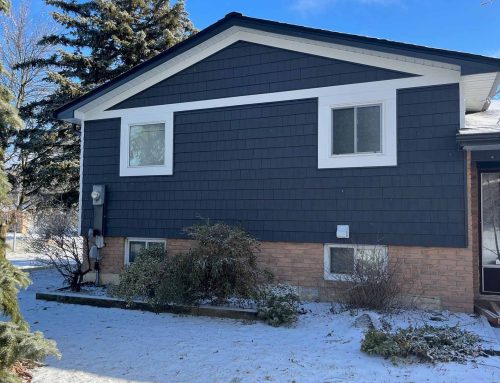Selecting the right siding for your home is more than just a matter of aesthetics; it’s a crucial decision that affects the durability, energy efficiency, and maintenance requirements of your property, especially in a place with diverse weather conditions like Ontario. Understanding how different siding materials perform under the province’s unique climate can help you make an informed choice that not only enhances the look of your home but also protects and preserves its value over time.
Understanding Ontario’s Climate
Ontario is known for its varied climate, featuring cold, snowy winters and warm, humid summers. The province also experiences a significant amount of rainfall and, in certain areas, harsh winds. These conditions demand building materials that can withstand a wide range of temperatures and moisture levels. The ideal siding for Ontario homes needs to be robust enough to handle these weather extremes to prevent frequent replacements or repairs.
Factors to Consider When Choosing Siding
When choosing siding for your home, several key factors should guide your decision:
Durability
The siding you select must be capable of resisting the elements typical in Ontario, such as wind, rain, snow, and UV radiation. Durability ensures that your siding withstands the test of time and weather, protecting your home’s structural integrity.
Energy Efficiency
Siding material can significantly impact your home’s insulation and, consequently, your heating and cooling costs. Efficient siding helps maintain a consistent indoor temperature. It reduces the strain on your heating and ventilation systems and saving you money.
Aesthetic Appeal
The look of your siding is pivotal as it defines the first impression of your home. The colour, texture, and style should complement your home’s architectural style and enhance its overall curb appeal.
Maintenance Requirements
Some siding options require more maintenance than others. Choosing a low-maintenance siding can save you time and money over the years. This makes it a critical consideration for many homeowners.
Popular Siding Options in Ontario
Vinyl Siding
Pros: Vinyl siding is a popular choice in Ontario due to its cost-effectiveness and variety. It comes in many colours and styles, is generally low maintenance, and is relatively easy to install.
Cons: However, vinyl can become brittle and crack in extreme cold, and it may fade under intense sunlight over time.
Wood Siding
Pros: Wood siding offers a natural, timeless look that many homeowners adore. It’s versatile in terms of paint and stain possibilities and can significantly enhance a home’s aesthetic value.
Cons: The downside is its high maintenance requirements. Wood is prone to rot, and insects, and requires regular staining or painting to maintain its condition.
Fibre Cement Siding
Pros: Fibre cement siding is extremely durable and fire-resistant, making it a superb choice for safety and longevity. It can mimic the appearance of wood, brick, or stone, offering versatility in design.
Cons: This option tends to be more expensive than others and requires professional installation due to its heavy and labour-intensive nature.
Brick and Stone Veneer
Pros: For those looking for utmost durability and minimal maintenance, brick and stone veneers are excellent. They provide great insulation and can significantly enhance the visual appeal of your home.
Cons: These materials are costly and require strong structural support due to their weight.
Innovative Siding Technologies and Materials
The siding industry is not static; new materials and technologies continually emerge. One such innovation is insulated siding. It offers better energy efficiency by adding a layer of insulation under the siding panels. This technology not only improves your home’s thermal retention in winter but also keeps it cooler in summer, all while providing a sleek exterior look.
Tips for Choosing the Right Siding
When selecting the right siding for your home, it’s crucial to consider both the environmental demands of your specific location within Ontario and your personal preferences and your home’s architectural style. Here’s a deeper dive into these considerations:
Regional Climate Considerations
- Water Resistance: If your home is located in an area of Ontario known for high precipitation, such as the regions near the Great Lakes which can experience significant rainfall and snow, choosing a siding material that excels in water resistance is crucial. Materials like vinyl, fibre cement, and certain treated woods are designed to repel water effectively, preventing moisture penetration that can lead to mould, rot, and structural damage.
- UV Resistance: In areas exposed to intense sunlight, particularly during the hot summer months, it’s vital to opt for siding that can withstand UV radiation without deteriorating or fading over time. Materials such as fibre cement and specially treated vinyl come with UV-resistant qualities that help maintain the colour and integrity of the siding for years.
- Temperature Fluctuations: Ontario’s climate can feature dramatic temperature swings between seasons. Materials that can expand and contract without warping, cracking, or becoming brittle—like fibre cement and engineered wood—are advantageous for such environments.
Architectural Style and Aesthetic Preferences
- Matching Siding to Home Style: The siding you choose should complement the architectural style of your home. For example, traditional homes like Victorians or Colonials look great with wood siding, which highlights their classic design, whereas modern homes might benefit from the sleek, varied textures of fibre cement or metal siding.
- Colour and Texture Choices: Siding comes in a broad array of colours and textures. A cottage in a rural setting might look charming with pastel-coloured wood siding, while a contemporary urban home might demand bold, contrasting colours in a smooth, fibre cement finish. It’s important to select a style that you will be happy with for the long term as siding is not easily or inexpensively changed.
Personal Preferences
- Maintenance Levels: Consider how much maintenance you are willing to undertake. Wood, while beautiful, requires regular painting or staining to maintain its appearance and integrity. Vinyl siding offers a low-maintenance alternative, needing only occasional cleaning with mild soap and water.
- Environmental Impact: For those concerned with sustainability, consider eco-friendly options like reclaimed wood siding or fibre cement, which is made from a mix of wood fibre, cement, sand, and water.
Consulting with a Professional
Engaging with a siding professional or a building consultant can provide tailored advice based on the specific conditions of your location and your personal preferences. Professionals can offer insights into:
Longevity and Warranty: They can explain the expected lifespan of each material and what kind of warranties are offered by manufacturers.
Installation Requirements: Some siding materials require special installation techniques that can impact overall costs and timelines.
Cost-Effectiveness: While initial costs might be higher for some materials, their durability and lower maintenance needs could prove more cost-effective over time.
Endnote: Selecting Siding That Stands the Test of Time in Ontario
Choosing the right siding is pivotal for ensuring your home is well-protected, energy-efficient, and beautiful. Ontario’s climate demands careful consideration of the materials used to shield homes from its diverse weather conditions. By understanding the options available and considering the specific needs of your home, you can make an informed decision that will stand the test of time.






